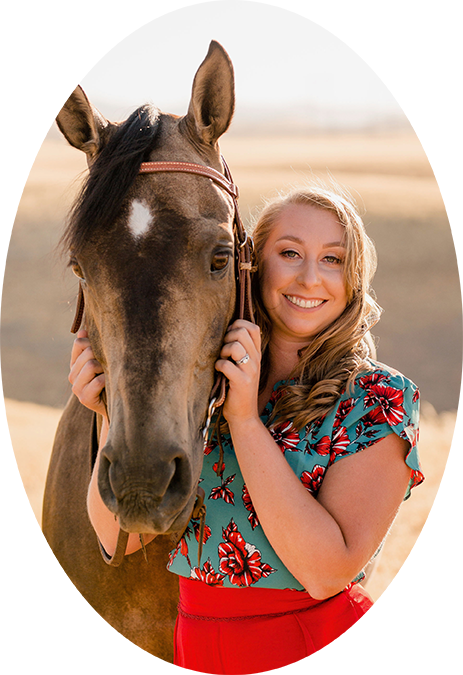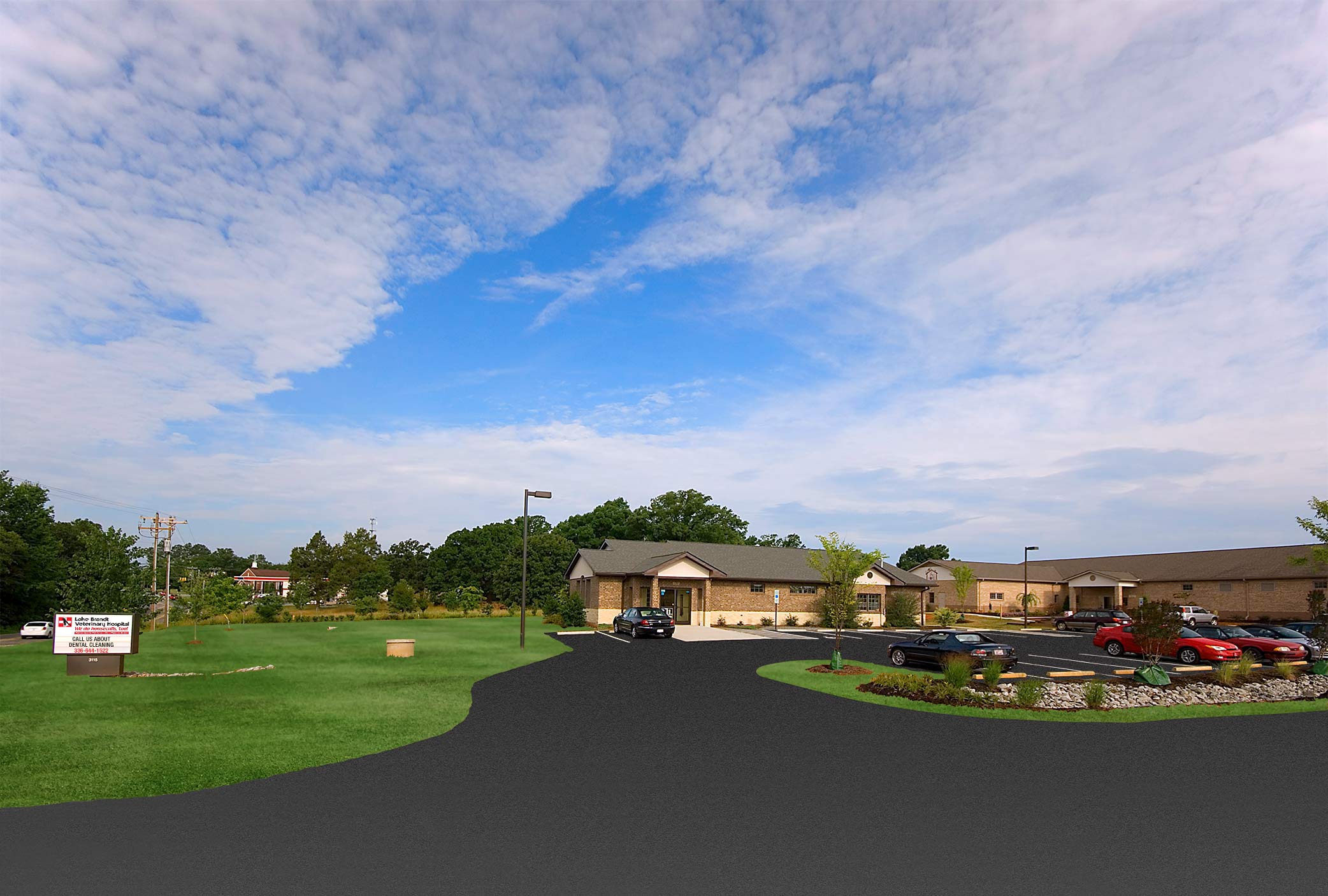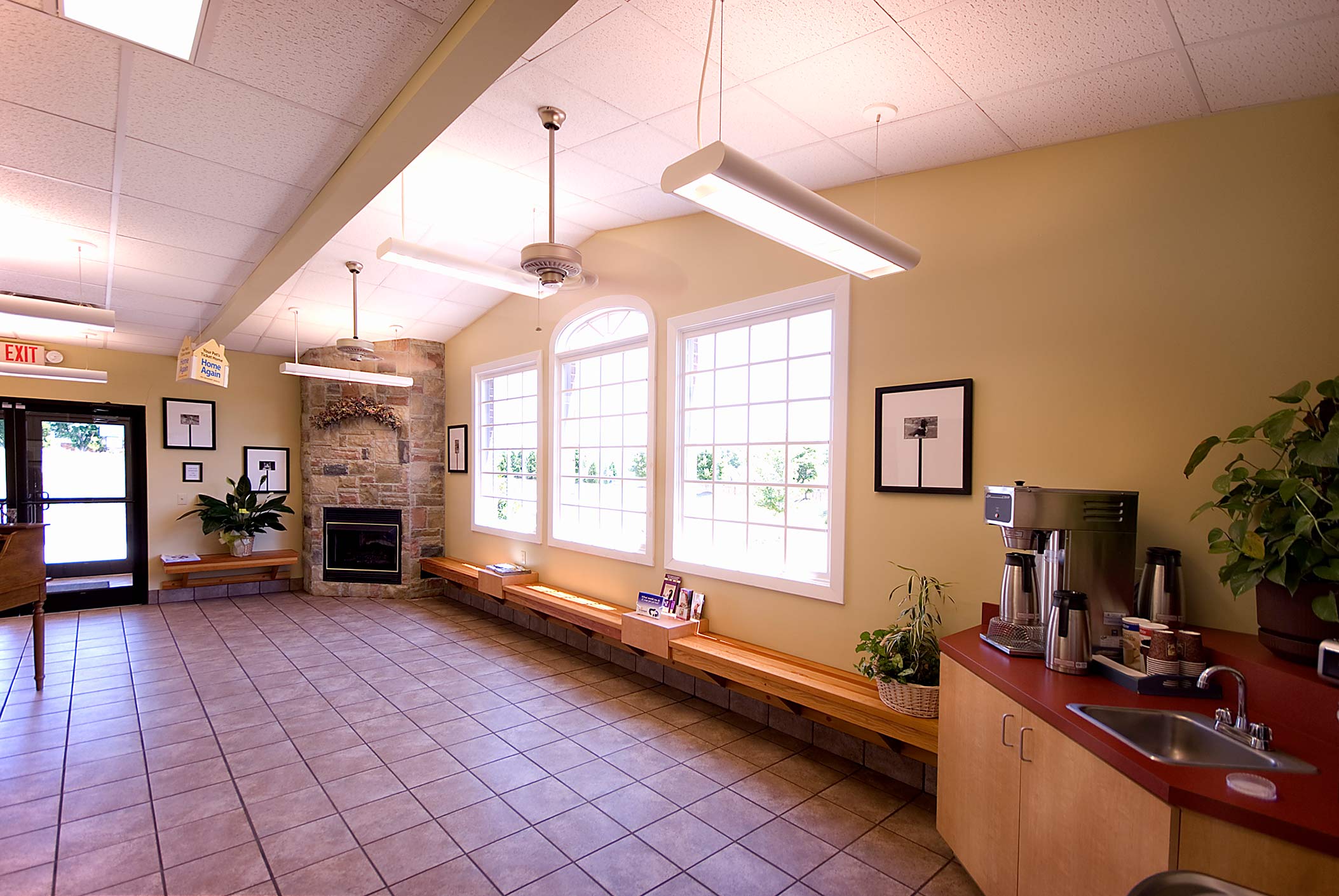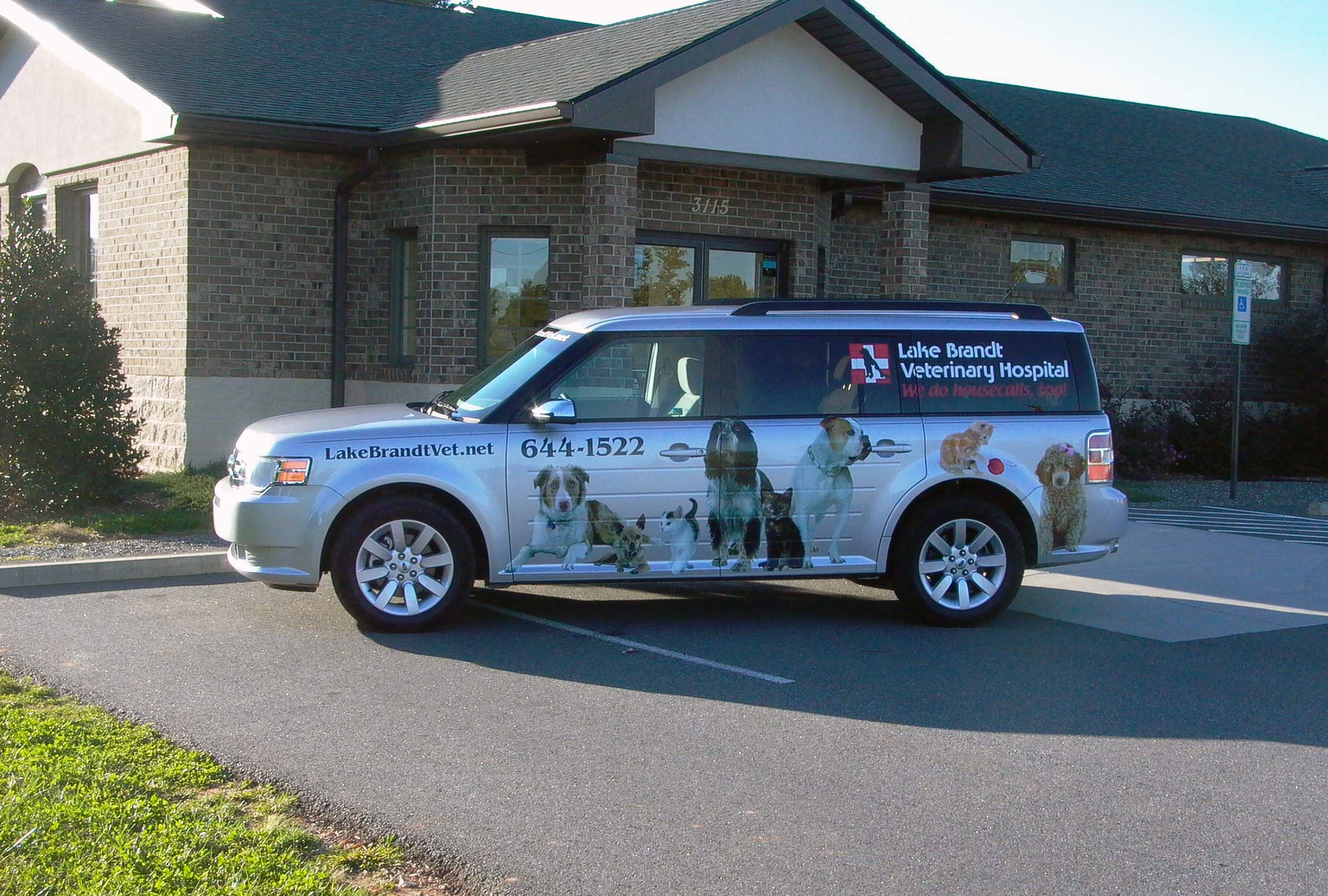Welcome Dr. Kimery!
We are pleased to welcome Dr. Ashley Kimery to our practice!
She will be in the office starting May 13th.
Dr. Kimery loves animals and has special interest in urgent care, internal medicine, and small animal dentistry.
For more info on Dr. Kimery, see her full bio below.
Registration for 2023/2024
NOW OPEN TO THE PUBLIC!!!
⭐ ⭐ ⭐The Current Session ends August 18.
ALL students must register for the new session. Your current enrollment does not automatically carry over.
Thank you!
Who We Are
About Us
Lake Brandt Veterinary Hospital is located near the intersection of Highway 150 and North Church Street in Greensboro, NC. We proudly provide top quality veterinary services to the communities of Browns Summit, Greensboro, Reidsville, Summerfield, and Oak Ridge, as well as the surrounding areas. In addition to providing a wide array of services at our fantastic modern facility, we also offer housecall appointments for dogs, cats and other small animals. Call us for more information, or to schedule an appointment for your pet.
336-644-1522
New Clients: Please print and fill out the NEW CLIENT INFORMATION SHEET and bring it with you to make your first visit flow smoother.
Help us Welcome
Doctor Kimery

We are happy to welcome Dr. Ashley Kimery to our practice starting May 13th.
Dr. Kimery is a passionate veterinarian known for her dedication to animal care. Graduating from LSU’s esteemed School of Veterinary Medicine in 2016, she embarked on a fulfilling career in veterinary medicine. She enjoys urgent care cases, internal medicine and is most passionate about small animal dentistry.
Beyond her professional endeavors, Dr. Kimery shares her home with five beloved cats, a loyal dog, and a majestic horse named Mack. Dr. Kimery finds solace in the pages of her favorite books and the sights, sounds, and smells of the barn. Almost all of her spare times is spent on one of these two activities.
With a heart committed to the well-being of animals and a spirit enriched by her hobbies, Dr. Kimery continues to make a positive impact on the lives of both pets and their owners in Greensboro and the surrounding areas.
Please give us a call today to get your pet scheduled 336-644-1522


